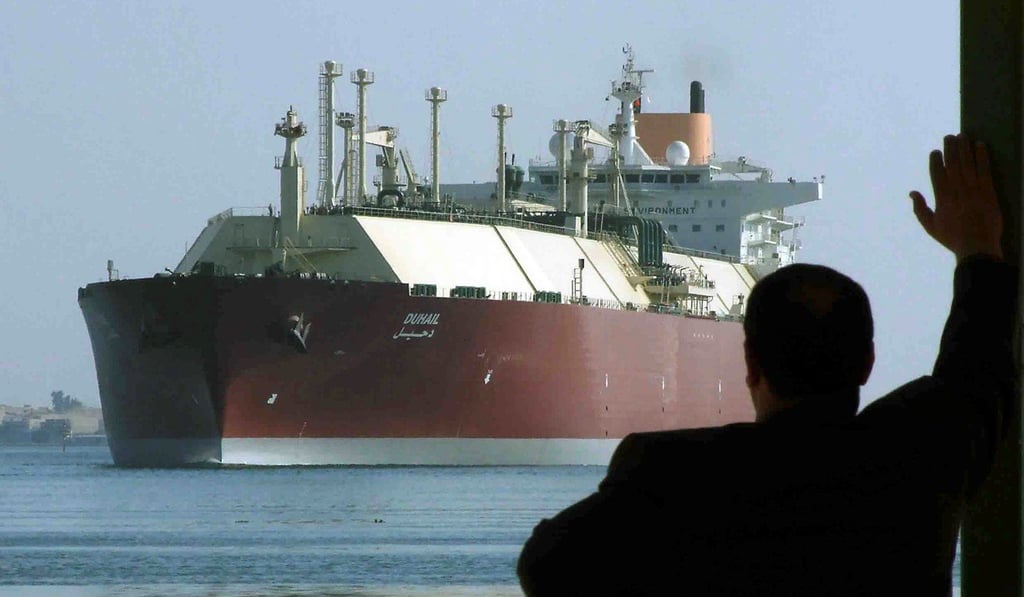Macroscope | How La Niña’s icy grip may bolster China’s resolve in the South China Sea

La Niña is back, as China’s current cold snap attests. But it’s an ill wind that blows no good and for those who argue that China’s strategic interests lie in reinforcing its position in the South China Sea, La Niña merely bolsters their stance. It might be a weather event, but it has profound economic and geo-economic implications.
As defined by the US’ National Oceanic and Atmospheric Administration, La Niña is “a natural ocean-atmospheric phenomenon marked by cooler-than-average sea surface temperatures in the central Pacific Ocean near the equator.” That lends itself to a colder winter in China and by extension to higher energy use for heating.
China’s changing energy mix can only reinforce Beijing’s determination to secure its presence in the seaways of the South China Sea
Colder weather conditions and higher demand for energy for heating, coupled with China’s drive to curtail air pollution by reducing its dependency on coal as an energy source, has led to a spike in the country’s demand for liquefied natural gas (LNG) as an alternative fuel source.
That increase in Chinese demand has, in turn, helped drive up both the spot price for LNG and the rates for hiring the tankers by which that energy is delivered.
Strong demand from China has helped to push up the spot price for the Asia-delivery LNG benchmark. As the Post reported on Saturday, data from China’s national bureau of statistics showed the price of LNG in the first 10 days of December reached 6,967 yuan per tonne (US$1,053), representing a 23.6 per cent increase when compared with the last 10 days of November.

